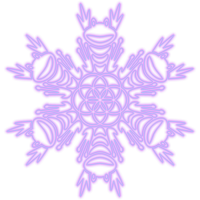To provide the best experiences, we use technologies like cookies to store and/or access device information. Consenting to these technologies will allow us to process data such as browsing behavior or unique IDs on this site. Not consenting or withdrawing consent, may adversely affect certain features and functions.
The technical storage or access is strictly necessary for the legitimate purpose of enabling the use of a specific service explicitly requested by the subscriber or user, or for the sole purpose of carrying out the transmission of a communication over an electronic communications network.
The technical storage or access is necessary for the legitimate purpose of storing preferences that are not requested by the subscriber or user.
The technical storage or access that is used exclusively for statistical purposes.
The technical storage or access that is used exclusively for anonymous statistical purposes. Without a subpoena, voluntary compliance on the part of your Internet Service Provider, or additional records from a third party, information stored or retrieved for this purpose alone cannot usually be used to identify you.
The technical storage or access is required to create user profiles to send advertising, or to track the user on a website or across several websites for similar marketing purposes.


Mayan Moonscape
£80.00
Mayan Moonscape painted by Tass Bell
1st edition, unframed, numbered, giclée print, limited to 150.
Print Size: 684mm x 436mm
The inks used in the giclée print are not fluorescent and do not glow under UV light.
Includes certificate of authenticity.
This print is of an original painting sized 473cm by 253cm.
Giclée printing is a fine art digital printing method using specialist archival pigment inks and acid-free papers.
Printed and delivered within 7-14 days.
Description
Mayan Moonscape painted by Tass Bell
1st edition, unframed, numbered, giclée print, limited to 150.
Print Size: 684mm x 436mm
The inks used in the giclée print are not fluorescent and do not glow under UV light.
Includes certificate of authenticity.
This print is of an original painting sized 473cm by 253cm.
Giclée printing is a fine art digital printing method using specialist archival pigment inks and acid-free papers, it requires special handling and care. Please refer to the GICLÉE PRINT INFO & CARE tab for information.
Related products
Birdie Pillar
£60.00 Add to basketKingfisher
£80.00 Add to basketTribe of Frog Banner
£66.00 – £90.00Price range: £66.00 through £90.00 Select options This product has multiple variants. The options may be chosen on the product page